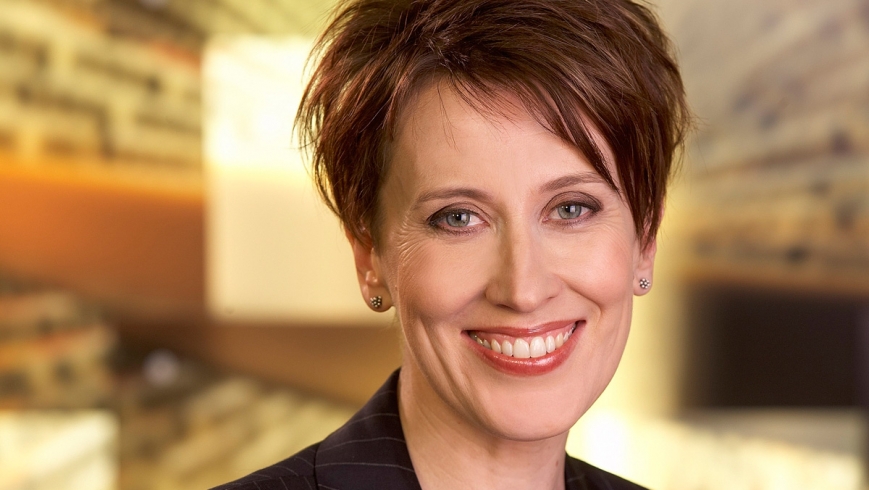Riddle me this: if you stacked one on top of the other all the “plans for Melbourne” ever commissioned and ever written, would they actually reach all the way to the moon? Or would you need Grocon to come along and add a little Eureka Tower-like lightning rod to the top to fill in that last bit?
It would only be a little jump, for as sure as governments will come and governments will go, each new wave will feel the need to commission their own plan to deal with a basic truth: that this city is going to keep growing and will need an ordered approach to development, service provision and infrastructure, and a sensible plan to fund it.
Now we have a new one. Previously, we had another one. Melbourne 2030, meet Plan Melbourne.
To paraphrase a certain prime minister, I have said here before that I was the best friend Melbourne 2030 ever had – not that I was ever in a position to take care of my dear friend. But unlike most of the then-government members who were actually charged with the task of defending its core principles and going out and advocating them, I was always happy to argue the case for a limit on urban expansion and an increase of urban infill that was quite evenly distributed throughout Melbourne.
The focus on major transport hubs just seemed smart to me: with pre-existing infrastructure that would easily handle improvement, and solid communities that could absorb more citizens, Melbourne 2030 not only envisaged a bigger city but a uniformly developed one. High-density was not just for the suburbs that had no political leverage to argue against it.
The new Plan Melbourne on basic analysis seems to see the city a little differently. Integrated transport is good. So is identifying employment zones where pre-existing institutions can be better linked in with business. (The South East Melbourne Innovation Precinct, which is aligned with Monash University, is a good example of this).
But in Plan Melbourne, urban renewal is the big thing. Areas such as Fishermans Bend and E-Gate and Arden-Macaulay have been earmarked for major population growth and the choices are smart – not too far out, close to services and amenities, even while the timeline for their much-needed transport options seems way too long. But the protective cordon thrown around the suburbs is short-sighted and cowardly. The plan states: “Achieving housing and population growth in defined locations will enable local governments to protect the majority of Melbourne’s existing suburbs from significant housing densification.” Unless of course the “densification” is in your local government area …
This flies in the face of all the work and research and planning that has been done over decades looking at sensible ways to deal with Melbourne’s growth. It also squanders the opportunities that exist for building non-ghetto communities within a solid suburban setting.
There IS a way to embrace higher density living within the suburbs without ruining the reason people want to be there. The older, pre-existing small-scale developments throughout South Yarra, Toorak, Prahran, Armadale, Malvern and, yes, even Camberwell, demonstrate this: with decent height restrictions and mandated open space or green building requirements, such suburbs could absorb more residents with little impact.
The infrastructure requirements of the new E-Gate-style developments are significantly more than would be required in pre-existing transport hubs such as Camberwell and Box Hill. And who plans for and funds the establishment of the libraries, schools, pools and recreation centres that will be needed sooner than everyone wants to believe? I know this can be achieved, but my heart sinks at the prospect of these important requirements falling victim to another change of heart, another version of our planned future: another dusty document stacked high and shooting for the moon.








